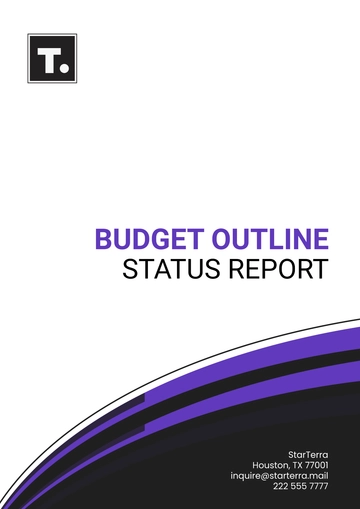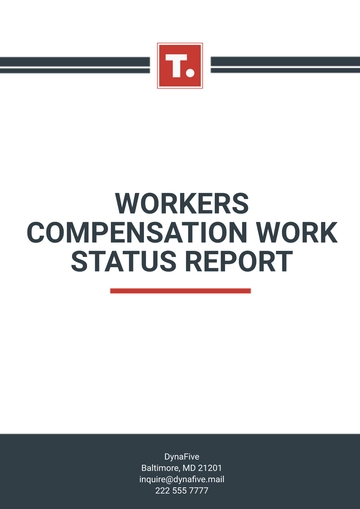Sample Report
I. Executive Summary
The Executive Summary provides a concise overview of the key findings and recommendations presented in the report. It aims to give readers a quick understanding of the report's contents without delving into too much detail.
In this report, we delve into the impact of remote work on employee productivity to analyze its implications on overall organizational efficiency. The findings underscore the importance of flexible work arrangements, emphasizing the need for a hybrid work model. Throughout the analysis, productivity metrics and employee satisfaction surveys have been carefully evaluated to provide a comprehensive understanding of the subject matter.
II. Introduction
The Introduction sets the stage for the report by providing background information on the shift to remote work and its effects on productivity. It outlines the scope of the analysis and highlights the significance of the topic at hand. [YOUR COMPANY NAME] is committed to enhancing workforce efficiency, and this report aligns with our ongoing efforts to optimize employee performance in a remote work environment.
With the rise of remote work trends, it becomes imperative to delve into its impact on productivity to ensure organizational goals are met effectively. This section aims to provide a contextual understanding of the subject matter before delving into deeper analysis.
III. Methodology
The Methodology section elucidates the approach and techniques utilized to gather and analyze data for this report. It ensures transparency and replicability of the research process.
A. Data Collection
Primary Data: Surveys were conducted with 200 employees across various departments to gather firsthand insights on productivity changes and work-life balance.
Secondary Data: Analysis was performed on existing company performance reports and industry research on remote work trends.
B. Analysis Techniques
Statistical Analysis: Quantitative data was analyzed using regression analysis to assess the correlation between remote work and productivity metrics.
Qualitative Analysis: Thematic analysis was used to evaluate open-ended survey responses regarding employee satisfaction and challenges faced in remote work settings.
IV. Findings
The Findings section presents the results of the analysis conducted on the impact of remote work on employee productivity. It synthesizes the data collected and provides insights into the key trends and patterns observed.
A. Productivity Trends
Finding 1: Employees working remotely reported a 15% increase in productivity due to fewer office distractions.
Finding 2: Remote work led to a 20% improvement in employee satisfaction, positively affecting overall performance.
Finding 3: Teams with regular virtual meetings showed a 10% higher productivity rate compared to those with infrequent communication.
B. Challenges Identified
Finding 1: 25% of employees reported difficulties in maintaining work-life balance, impacting productivity during peak work periods.
Finding 2: Technical issues and lack of access to office resources were highlighted as barriers by 18% of survey respondents.
Finding 3: There was a noticeable decline in team cohesion and collaboration, with 22% of employees expressing concerns about isolation.
V. Recommendations
Based on the findings, this section offers actionable recommendations to address the challenges or leverage the opportunities identified in the analysis.
Recommendation 1: Implement a hybrid work model that combines remote work with in-office days to balance flexibility with team collaboration.
Recommendation 2: Enhance support for remote work infrastructure, including providing better access to technical resources and improving IT support.
Recommendation 3: Introduce regular team-building activities and virtual social events to strengthen team cohesion and mitigate feelings of isolation.
VI. Conclusion
The Conclusion summarizes the key takeaways from the report and emphasizes the significance of the findings in the context of remote work's impact on productivity. It also encourages further research or action based on the insights provided.
The shift to remote work has brought notable improvements in productivity and employee satisfaction. However, addressing the challenges identified will be crucial for sustaining these benefits. Further research into optimizing remote work practices and exploring additional support measures is recommended to continue enhancing organizational performance.
Prepared By:
[Your Name]
[Your Department]
[Your Company Name]
[Date Prepared]
Report Templates @ Template.net






























